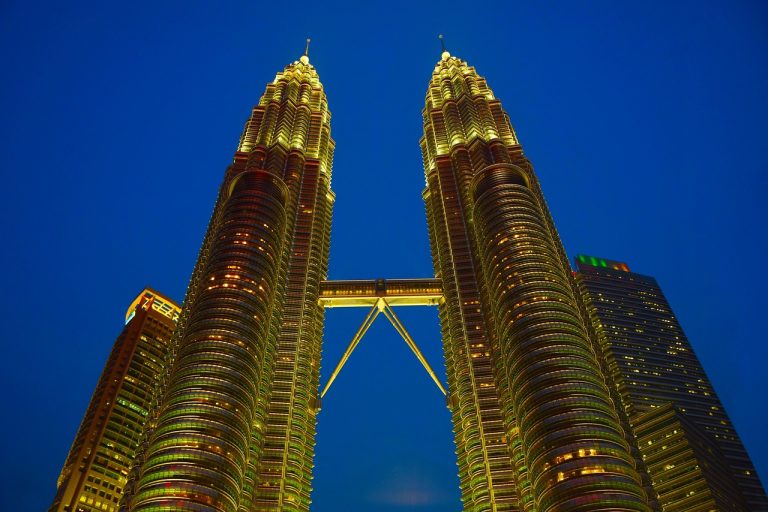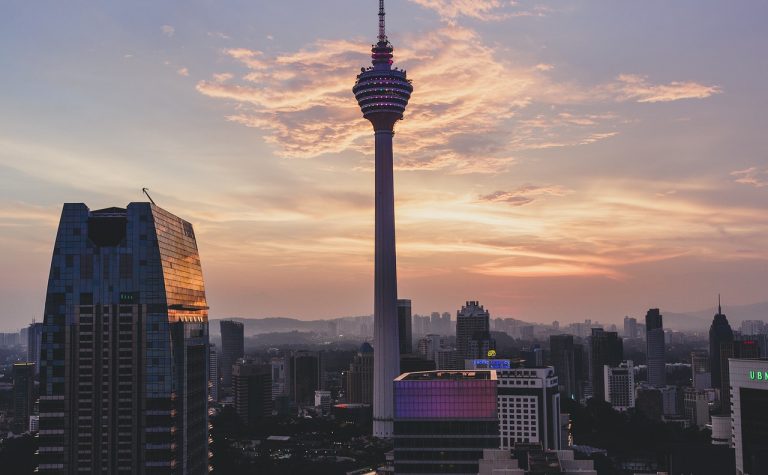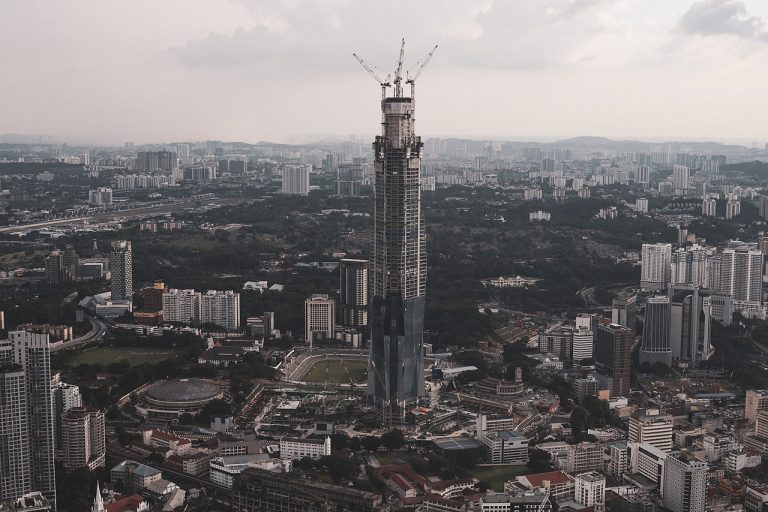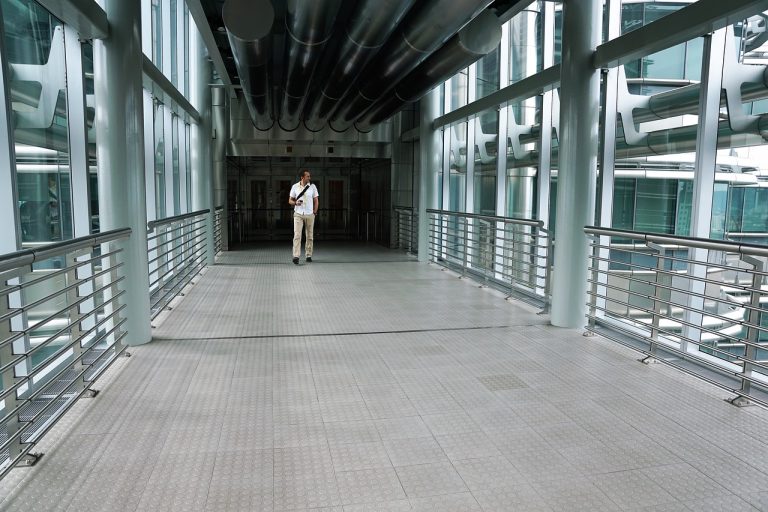Kuala Lumpur Malaysia Video
The Cultural Evolution of Kuala Lumpur Malaysia
Kuala Lumpur, the capital city of Malaysia, is a vibrant and bustling metropolis that has undergone significant cultural evolution over the years. From its humble beginnings as a tin mining town, Kuala Lumpur has transformed into a modern city with a rich blend of cultures, traditions, and architectural marvels. This article will explore the different aspects of Kuala Lumpur’s cultural evolution, highlighting its history, landmarks, cuisine, festivals, and more.
History of Kuala Lumpur
- British colonial era: During the 19th century, Kuala Lumpur was under British colonial rule. The British played a crucial role in transforming the city from a small settlement into a thriving trading hub.
- Tin mining: Kuala Lumpur’s early development was driven by the discovery of tin deposits in the nearby Klang Valley. The tin mining industry attracted immigrants from China and India, contributing to the city’s multicultural fabric.
- Independence: Malaysia gained independence from British rule in 1957, marking a significant milestone in Kuala Lumpur’s history. The city became the capital of the newly formed Federation of Malaya.
- Urban development: In the following decades, Kuala Lumpur experienced rapid urbanization and modernization. Skyscrapers, such as the iconic Petronas Twin Towers, emerged as symbols of the city’s progress.

Landmarks and Architecture
- Petronas Twin Towers: These twin towers are an iconic symbol of Kuala Lumpur’s modern skyline. Standing at 452 meters tall, they were the tallest buildings in the world from 1998 to 2004.
- Batu Caves: Located just outside the city, Batu Caves is a limestone hill with a series of caves and Hindu temples. It is a popular religious and cultural site, especially during the Thaipusam festival.
- Sultan Abdul Samad Building: This historical landmark showcases Moorish architecture and served as the administrative center during British colonial rule. It is now home to the Ministry of Information, Communications, and Culture.
- National Mosque of Malaysia: Also known as Masjid Negara, this modernist mosque is a significant religious and architectural landmark in Kuala Lumpur. It can accommodate up to 15,000 worshippers.

Cuisine and Culinary Delights
- Nasi Lemak: Considered Malaysia’s national dish, nasi lemak is a fragrant rice dish cooked in coconut milk and served with sambal, fried anchovies, peanuts, cucumber, and boiled eggs.
- Roti Canai: This popular Indian-influenced dish consists of flaky, crispy flatbread served with various curries or dhal. It is a staple breakfast option in Kuala Lumpur.
- Hainanese Chicken Rice: Introduced by the Hainanese community, this dish features succulent poached chicken served with fragrant rice and accompanied by chili sauce and ginger paste.
- Char Kway Teow: A stir-fried noodle dish made with flat rice noodles, prawns, cockles, bean sprouts, and Chinese sausage. It is a flavorful delight commonly found in Kuala Lumpur’s street food stalls.
Festivals and Cultural Celebrations
- Thaipusam: Celebrated by the Tamil community, Thaipusam is a Hindu festival that attracts thousands of devotees to Batu Caves. Participants carry elaborate kavadis (ornate structures) and pierce their bodies as acts of devotion.
- Hari Raya Aidilfitri: Also known as Eid al-Fitr, this festival marks the end of Ramadan and is celebrated by Muslims across Kuala Lumpur. It is a time for feasting, visiting relatives, and seeking forgiveness.
- Chinese New Year: Kuala Lumpur comes alive during Chinese New Year with vibrant decorations, lion dances, and cultural performances. The city’s Chinatown, Petaling Street, is a hub of festivities during this time.
- Thaipusam: Celebrated by the Tamil community, Thaipusam is a Hindu festival that attracts thousands of devotees to Batu Caves. Participants carry elaborate kavadis (ornate structures) and pierce their bodies as acts of devotion.
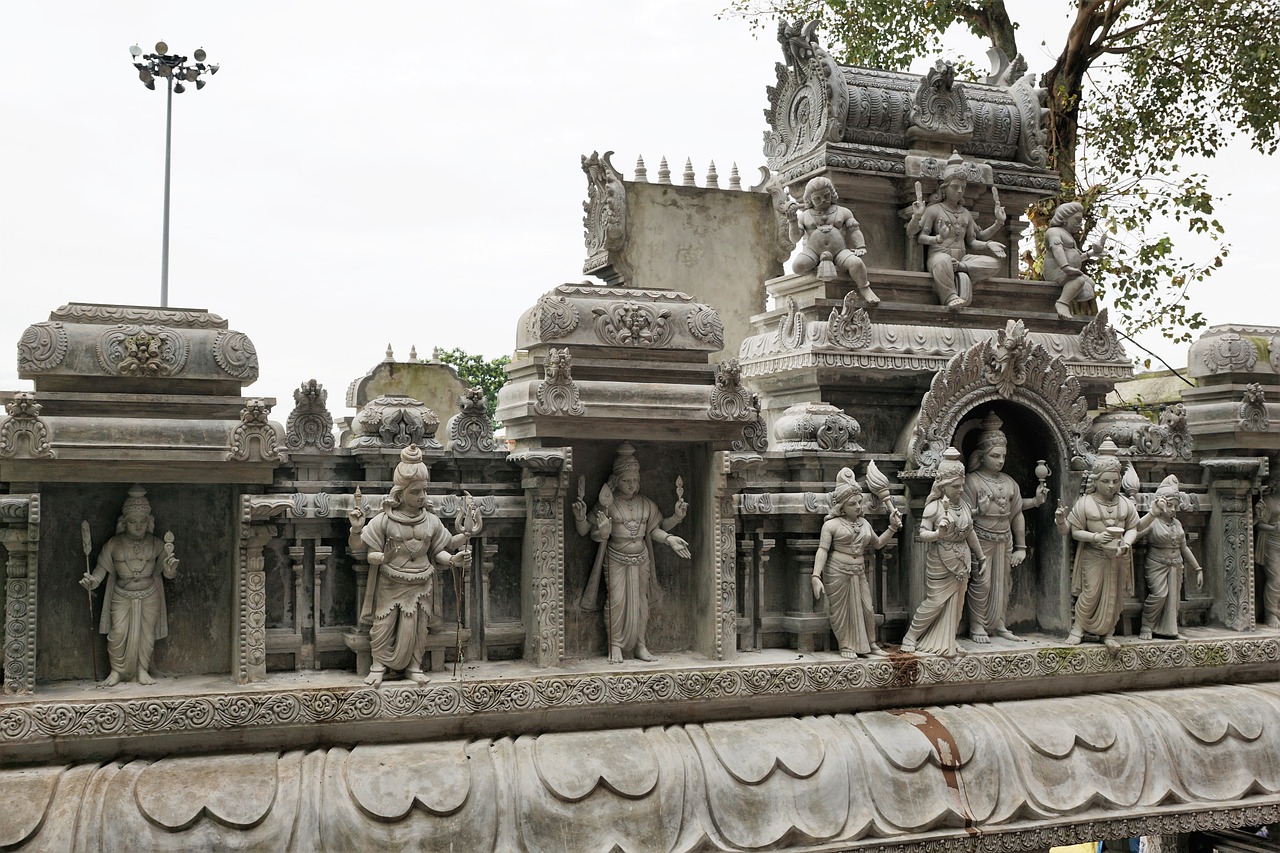
Shopping and Entertainment
- Petaling Street: Located in Chinatown, Petaling Street is a bustling market known for its vibrant atmosphere and a wide range of goods, including clothing, accessories, and street food.
- Suria KLCC: Situated beneath the Petronas Twin Towers, Suria KLCC is a premier shopping mall that houses international luxury brands, restaurants, a cinema, and an art gallery.
- Bukit Bintang: A popular shopping and entertainment district, Bukit Bintang offers a mix of high-end retail outlets, street markets, and nightlife options. It is a hub for fashion, dining, and entertainment.
- Central Market: Housed in a heritage building, Central Market is a cultural hub where visitors can find traditional arts and crafts, local souvenirs, and a variety of Malaysian street food.
Conclusion
Kuala Lumpur, Malaysia’s cultural melting pot, has evolved into a modern city while preserving its rich heritage. From its historical landmarks to its diverse cuisine and vibrant festivals, Kuala Lumpur offers a unique blend of cultures and experiences. Whether exploring its architectural wonders, savoring its culinary delights, or immersing oneself in its cultural celebrations, the city promises a captivating journey through its cultural evolution.
References
– Lonely Planet: www.lonelyplanet.com
– Tourism Malaysia: www.tourism.gov.my
– The Star: www.thestar.com.my
– Malaysian Digest: www.malaysiandigest.com




